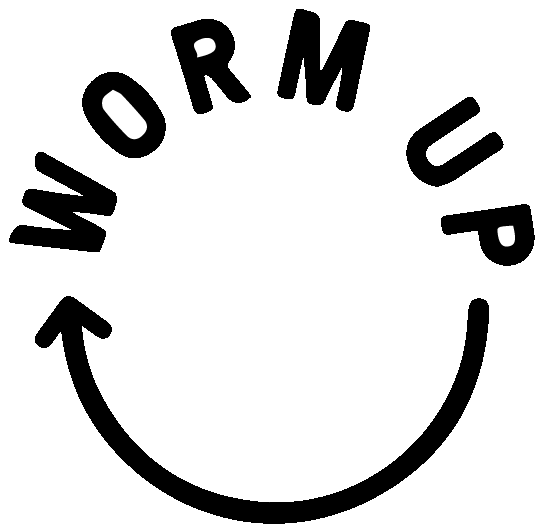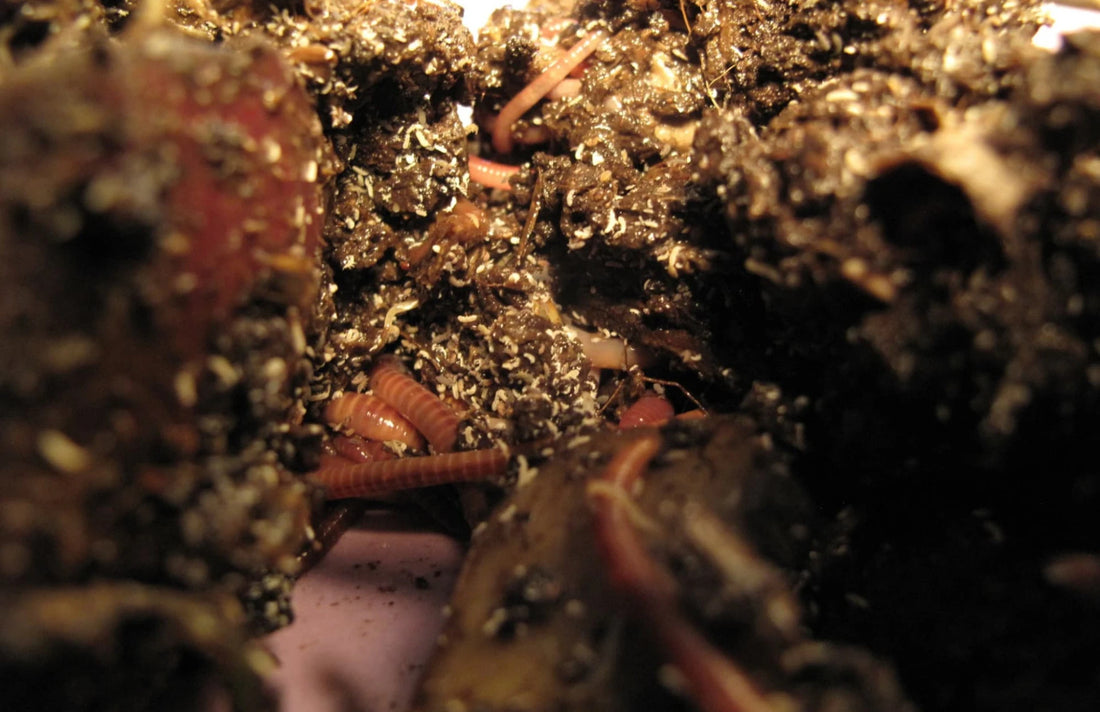The composting process in vermicompost is the result of the cooperation of earthworms with a variety of other living beings. The food web is similar to the soil food web. In the beginning there are microorganisms such as bacteria and fungi. The microorganisms dissolve cell walls and produce a pulp. The earthworms suck up this mush. Other invertebrates have their own niches and also perform important functions in converting dead cellular material into mature compost. That is why they are welcome guests and no reason to panic.
Among the larger creatures, after the compost worm, the most prominent are the enchytraea, mites and springtails. They sometimes appear in droves, which is not a problem. For a better understanding, we have written a brief profile of the individual creatures for you.


Enchytraea
Enchytraea are related to earthworms and are often mistaken for baby earthworms, but are smaller and whitish to colorless. Together with the earthworms, they utilize plant material and are indispensable for the composting process.
 Nematodes
Nematodes
Nematodes are unorganized, blind roundworms that make nutrients found in bacteria and fungi available to plants. Nematodes are an average of 2 millimeters long and are the second most common animal life form after arthropods. Over 20,000 species are known to date. Scientists assume that a total of one million species exist.


Mites
Mites are arachnids and have 8 legs. In the composter, there are mainly oribatid mites, which decompose organic material, and predatory mites, which eat smaller mites and nematodes (roundworms), for example. Mites are very tiny dots and can be white, brown or red.

 Springtails
Springtails
Springtails are six-footed. They eat plants, fungi and algae, as well as fresh and decayed organic material. Because they have teeth, they are also referred to as "shredders" in the compost. They are significantly involved in the formation of humus and thus promote soil fertility. You can often find small white springtails in the compost bin, especially on hard-to-decompose material.

 Fruit flies
Fruit flies
Fruit flies lay their eggs in fruit (often before you buy it). They end up in the composter with the waste. The worms don't bother them, but they might bother you. Fruit flies often appear in waves and with our measures you can easily get rid of them .

 Ants
Ants
Ants are rather rare in the composter. They are not harmful but can be annoying. They are a sign that your composter is rather too dry. If you want to do something about them: adjust the humidity of your composter if necessary (e.g. with cardboard, soaking or watering slightly). Some crumbled laurel in the composter should also drive away the ants. Or, to interrupt the ant trail, place the feet of the composter in the water, like the moat at a castle.

 Dung midges
Dung midges
Dung midges often stick together in pairs. Are not harmful in the composter and also break down organic material. Are a sign that the composter is rather too moist. Here you can find our measures against dung gnats.


Fungus gnats
Fungus gnats are not harmful in the composter, but larvae can attack indoor plants. Are a sign that the composter is rather too moist. The measures against dung flies also help against fungus gnats.


